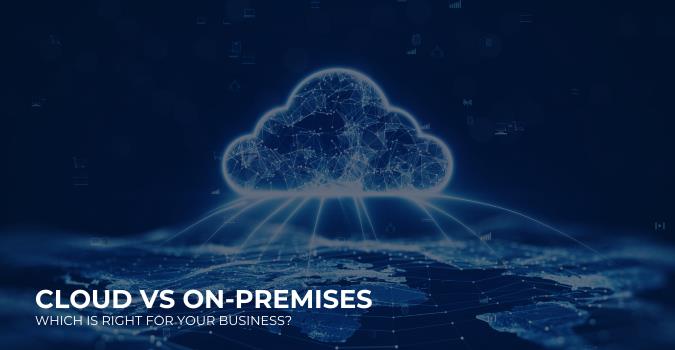Choosing between business cloud solution and on-premises is a major decision for any business. Each option offers distinct advantages, and the right choice depends on your business’s size, industry, security needs and growth plans.
Let’s break down the key differences to help you decide.
1. What Is Cloud Computing?
Business Cloud solution computing stores your data and applications on remote servers, accessed over the internet. Leading providers like Microsoft Azure and Google Cloud offer scalable resources without needing on-site hardware.
Benefits of Cloud Solutions:
- Scalability: Easily adjust your resources as your business grows.
- Cost-Effective: Pay only for what you use, avoiding large upfront hardware costs.
- Remote Access: Teams can work securely from anywhere.
- Automatic Updates: Always access the latest features and security patches.
2. What Is On-Premises IT Infrastructure?
On-premises means your business owns and maintains its own servers, networking and software on-site. Your team is responsible for upgrades, security and maintenance.
Benefits of On-Premises Solutions:
- Greater Control: Full ownership over data and hardware.
- Customisation: Systems can be tailored precisely to business needs.
- Compliance: Easier to meet strict regulatory requirements in some industries.
3. Key Factors to Consider
| Factor | Cloud | On-premises |
| Initial Cost | Lower upfront costs | High upfront investment |
| Scalability | Easy to scale up or down | More costly and time-consuming |
| Maintenance | Provider manages updates | Business manages upgrades and repairs |
| Security | Shared responsibility model | Full control but full responsibility |
| Access | Remote and mobile-friendly | Primarily on-site access |
| Compliance | Meets general standards | Easier for highly regulated industries |
4. Which Option Suits Your Business?
- Choose Cloud if:
You want flexibility, cost savings, fast scalability or support a hybrid or remote workforce. - Choose On-Premises if:
You need complete control over sensitive data, have strict regulatory obligations, or have already heavily invested in on-site infrastructure.
5. The Hybrid Approach
Many businesses today adopt hybrid cloud, combining both cloud and on-premises systems. For example, sensitive data may be stored locally, while collaboration tools run in the cloud. This approach can offer the best of both worlds — flexibility and control.
Conclusion
There is no one-size-fits-all answer. Your decision should align with your business’s needs today and its vision for the future. Consulting an experienced IT partner such as CSPRO can help you design the most secure, cost-effective and scalable solution for your business.




